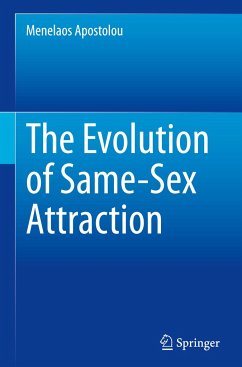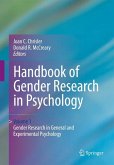This book provides a comprehensive analysis of the evolutionary origins of same-sex attraction, evaluating multiple existing evolutionary theories. It combines empirical findings with theoretical arguments in order to review evidence on the prevalence rates of same-sex attraction and determine its genetic and environmental basis.
Among the topics addressed:
Attitudes towards same-sex attraction across human historyAssessing the weak selection pressures hypothesis of attractionAssessing the male choice hypothesis of attractionEvolution of same-sex attraction in men versus women
The Evolution of Same-Sex Attraction will be of interest to academics and students of evolutionary and psychological sciences, filling a gap in literature on the origins of specifically same-sex attraction.
Among the topics addressed:
Attitudes towards same-sex attraction across human historyAssessing the weak selection pressures hypothesis of attractionAssessing the male choice hypothesis of attractionEvolution of same-sex attraction in men versus women
The Evolution of Same-Sex Attraction will be of interest to academics and students of evolutionary and psychological sciences, filling a gap in literature on the origins of specifically same-sex attraction.








